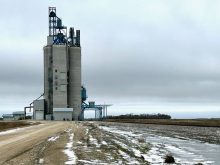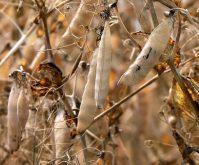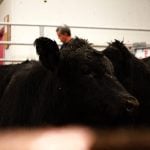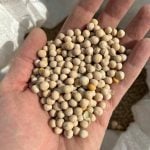CNS Canada — Disruptions in marketing to India may have cut into prices for peas and lentils over the past year, but farmers in Saskatchewan did not shift their pulse acreage intentions for 2018 all that much according to the results of Statistics Canada’s latest survey, released Friday.
Saskatchewan farmers intend to seed 2.171 million acres of peas, which would be actually up slightly from the 2.165 million seeded in 2017. Lentil intentions were down, but not by as much as many industry participants had expected. When the survey was conducted in March, Saskatchewan farmers intended to plant 3.591 million acres of lentils, which compares with 3.920 million the previous year.
Read Also
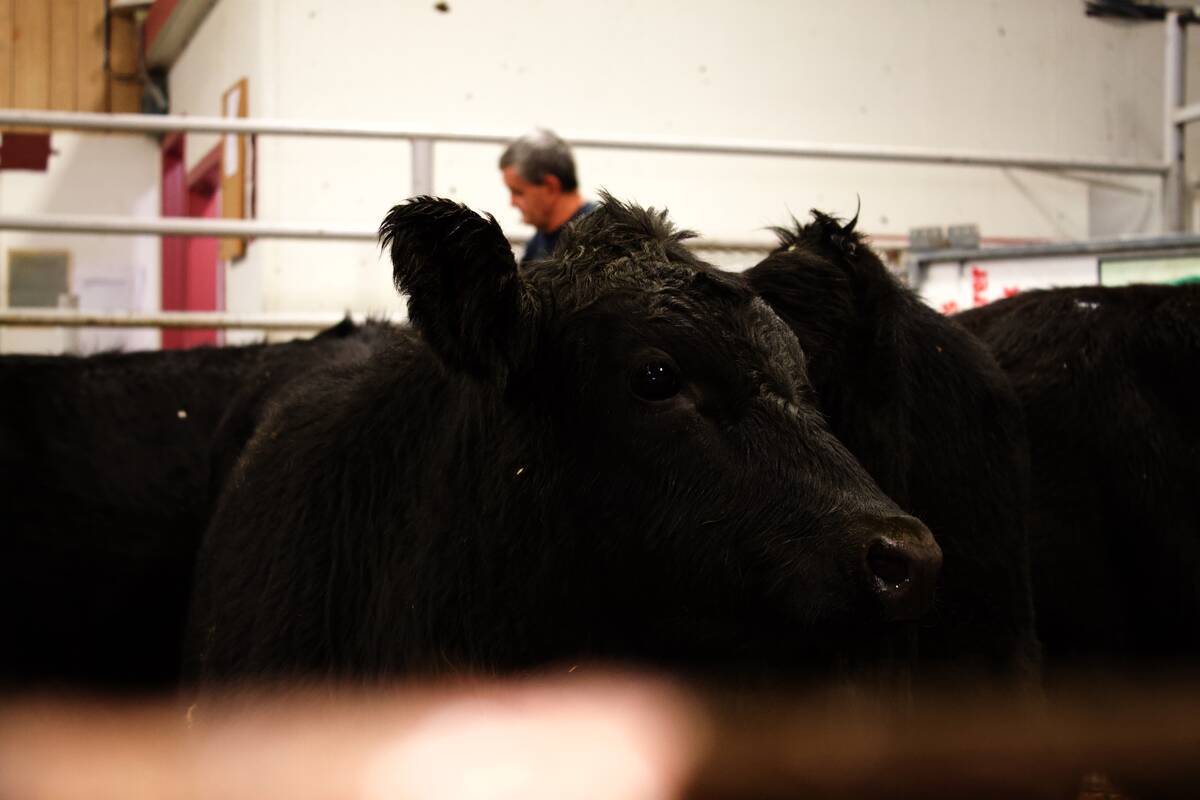
Klassen: Feeder market closes year on soft tone
For the week ending December 20, Western Canadian feeder cattle markets were steady to $10 weaker compared to seven days…
Chickpeas, meanwhile, should see an increase in the province, with intended area estimated at 279,200 acres, up from 160,000 in 2017.
Based on overall market conditions, actual lentil area may still end up lower than the survey, said Carl Potts, executive director of Saskatchewan Pulse Growers.
Nothing has changed on the marketing front over the past few months, he noted. “We continue to have high import duties for our largest market (India) for both red lentils and yellow peas.”
For what is seeded, Potts expected to see a significant reduction in red lentil acres and an increase in greens, as the green lentil market is not as reliant on India. Depending on what happens with price spreads between green and yellow peas, he said there could also be more shifts in yellow peas than greens.
However, solid demand for yellow peas from domestic fractionation plants and China is making Canada less reliant on India for yellow peas as well.
For chickpeas, intended acres in Saskatchewan would mark the largest acreage base in a decade. While chickpeas are riskier to grow than lentils, Potts said the relative returns were starting to look better for chickpeas in the regions they’re grown.
Potts linked the growing North American demand for hummus as another factor behind the strength in chickpeas, as that demand creates a closer market for the commodity.
— Phil Franz-Warkentin writes for Commodity News Service Canada, a Glacier FarmMedia company specializing in grain and commodity market reporting.





